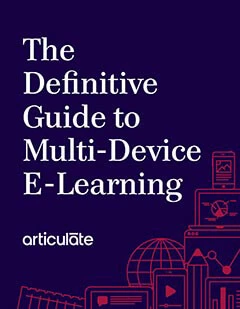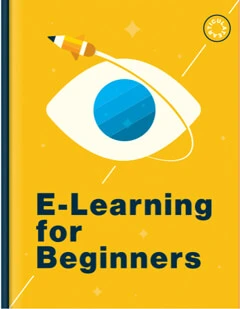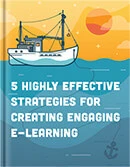Rise 360: How to Use Image Blocks
Article Last Updated
This article applies to:
The right images can make your training come to life! Rise 360 lets you do more with images with attractive pre-formatted templates, text on image blocks, and even AI-generated images. Here's how it works.
|
Create an Image Block with AI Assistant Easily create image blocks with AI Assistant. Enter a prompt and see your ideas come to life, powered by curated image styles! Learn how to use AI Assistant to level up your course authoring game. |
Step 1: Insert an Image Block
-
Open a Rise 360 course, then edit an existing lesson or create a new one.
-
On the blocks shortcut bar, click Image or AI Image to insert a block or start building with AI immediately.
You can also:
-
Select All Blocks on the blocks shortcut bar, or click the insert block icon (+) that appears when you mouse over a boundary between blocks.
-
When the sidebar appears, choose the Image category in the block library, then select the block you want.
Step 2: Modify the Image Block
Use the format menu to modify how your content displays on the screen. In addition to adjusting block padding, you can enable or disable the ability to click to zoom. You can also change the following block-specific settings:
-
Image & text—change the position of the image and the image size
-
Text on image—adjust the opacity and color
To see how your image looks in a different block template, hover over the image block and select the template from the menu that appears on the left-hand side.
Step 3: Modify the Image
To modify the image itself, hover over the block and select the content icon that appears in the editing toolbar on the left. Click Edit.
From here, you can replace the image with your own, generate a new image with AI, choose a new image from Content Library 360, crop the image, or add alternative text.
Accessibility
Image blocks are accessible as long as you provide alternative text. Conduct testing with keyboard navigation and screen readers to ensure accessibility. For further guidance on creating accessible content, check out the accessibility-focused design tips in the resources below:


